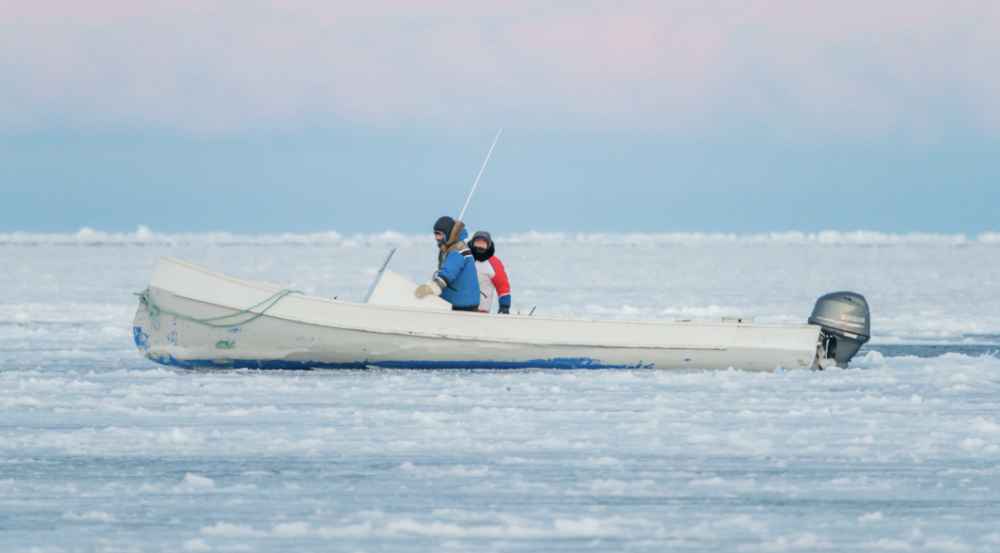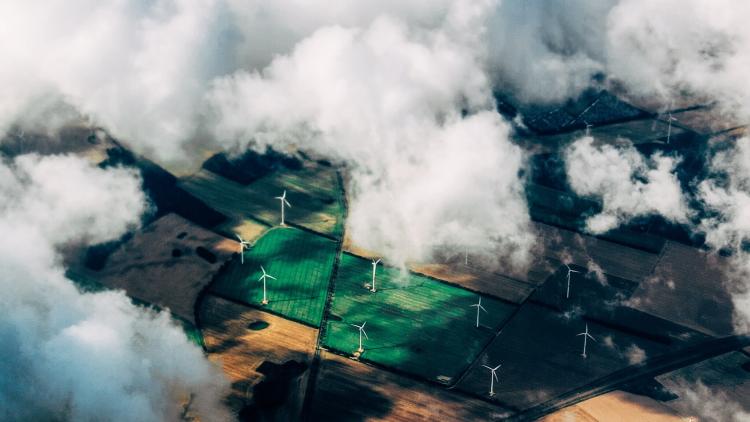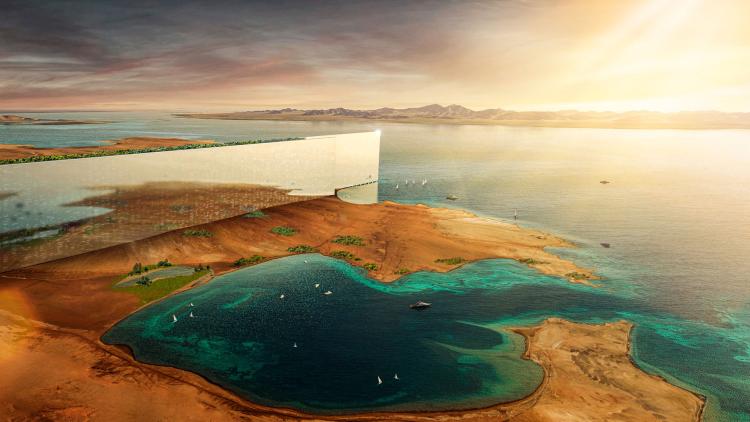Beyond victimhood: How western narratives shape Inuit struggles for environmental justice


MA student Tasmin Jones examines how Western climate narratives often oversimplify and overshadow Inuit experiences, arguing that embracing Inuit voices can lead to more inclusive, equitable, and effective approaches to addressing climate change.
In western climate narratives, the Arctic has come to symbolise the frontlines of environmental change. The imagery of melting ice caps, starving polar bears and Indigenous Inuit peoples as ‘suffering agents’ pepper the western imaginary – passive victims in the face of inevitable destruction. But where do these ideas of victimhood come from? Are Inuit attitudes around climate change this homogenous?
The issue of representation
The Inuit are an Indigenous people with a population of around 180,000, whose ancestors have inhabited Greenland, Russia, Alaska, and Canada for thousands of years. Inuit view nature as an intelligent, interconnected system—referred to in Inuktitut as Sila—translated by Inuk scholar Qitsualik as ‘the breathe that circulates into and out of every living thing’. This goes against the traditional western view that nature is something separate to humans as sila is a connecting lifeforce.
As Inuit traditional ways of life are so dependent on nature, climate threats to Inuit populations are often seen as embodiments of impending global challenges for the rest of the world, however, this portrayal simplifies Inuit experiences, reducing complex, resilient cultures to symbols of environmental fragility.
Who is truly vulnerable?
At Klimaforum09, a 2009 climate summit in Denmark, Avaaraq Olsen, a Greenlandic Inuit woman, voiced a viewpoint that surprised the people present: "If our ice caps melt, we are not in such big trouble as some of you guys might be, because we have our mountains."
This statement, informed by Olsen’s cultural viewpoint, illustrates an adaptability inherent to Inuit ways of life. Although not negating the devastating rapidness of change many Inuit are experiencing, the statement suggests Inuit resilience and deep knowledge of their environment position them to adapt in ways that many Western societies might struggle to achieve.
Western epistemologies, which prioritise stability and control over nature, often impose a static understanding of climate on Inuit communities.
For generations, Inuit have lived in a landscape defined by extreme seasonal shifts and dynamic ecological changes, cultivating a lifestyle of mobility and flexibility. Western epistemologies, which prioritise stability and control over nature, often impose a static understanding of climate on Inuit communities, undermining their relational flow with the environment. In this view, it is perhaps the West—with its reliance on fossil fuels, unsustainable urban centres, and rigid infrastructures—that may be more vulnerable to environmental change in the long term.
Climate change as a colonial concern
Indigenous communities are frequently studied, documented, and reported on as though they are scientific subjects rather than active participants with agency and expertise. This leads to Western narratives often imposing their own priorities on the Arctic, sometimes overlooking more pressing local challenges such as socioeconomic prosperity. When approaching climate change as a common concern, we need to ensure it does not regress to colonial concern by perpetuating and prioritising attitudes of the West, knowing better than the rest.
Indigenous communities are frequently studied, documented, and reported on as though they are scientific subjects rather than active participants with agency and expertise.
Viewing climate change through a Western lens can pigeonhole Indigenous voices, casting them as either champions of environmental purity or passive victims. This dichotomy fails to recognise that Indigenous communities, like any others, have a range of needs and aspirations. For instance, Greenland’s Inuit President Aleqa Hammond (2013-2014) opened Greenland to uranium mining as a path to economic independence. This challenges stereotypes of Inuit peoples as inherently anti-industrial and underscores the complexity of Indigenous identities, resisting simplistic narratives that reduce Inuit to "natural" guardians of the Arctic.
A voice at the table
As climate discourse becomes increasingly global, it is essential to integrate Inuit perspectives, not only as equal to western scientific knowledge but as frameworks that can reshape dominant approaches. Inuit-led research initiatives, such as Ittaq Heritage and Research Centre in Nunavut, demonstrate how Indigenous knowledge can contribute to scientific understandings of the Arctic in ways that prioritise local well-being and sovereignty.
Inuit conceptions of Sila interconnecting all life remind us that climate is not merely a "problem" to be solved but a relationship to be nurtured through multiple avenues. By decentring Western anxieties and listening to Inuit voices, approaches to climate change can become more inclusive, equitable, and ultimately more effective in addressing the multifaceted challenges facing the Arctic.
Image credit: Visit Greenland via Unsplash
About the author
Tasmin Jones is a MA Anthropology of Global Futures and Sustainability student, with a professional background in international development strategy design.



